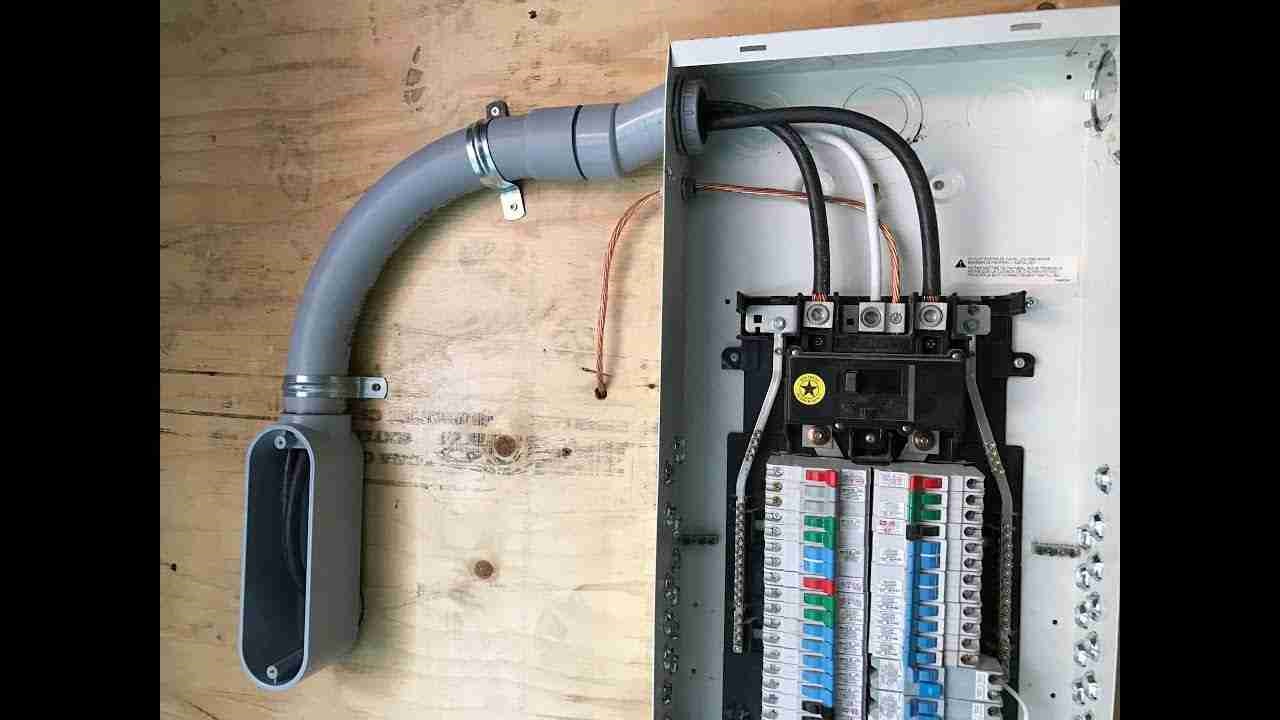

Articles
What Size Of Conduit For A 200 Amp Service
Modified: May 6, 2024
Discover the ideal size of conduit for a 200 amp service in this comprehensive article. Gain valuable insights and tips on conduit sizing for your electrical needs.
(Many of the links in this article redirect to a specific reviewed product. Your purchase of these products through affiliate links helps to generate commission for Storables.com, at no extra cost. Learn more)
Introduction
Welcome to our comprehensive guide on determining the appropriate conduit size for a 200 Amp service. If you’re in the process of setting up or upgrading your electrical service, understanding conduit sizes is crucial to ensure a safe and efficient electrical system. In this article, we’ll explain the basics of conduit sizing and provide you with the necessary information to make an informed decision for your 200 Amp service.
Conduit plays a vital role in protecting electrical wiring and cables, providing a pathway for them to be safely routed from one location to another. Choosing the correct size of conduit is essential to accommodate the number and type of wires necessary for a specific electrical load. Without the appropriate conduit size, the wires can become cramped, leading to overheating, electrical shorts, and other potential hazards.
Before we dive into the details of conduit size for a 200 Amp service, let’s first understand the basics of conduit sizes and how they are determined.
Key Takeaways:
- The recommended conduit size for a 200 Amp service is typically a 2-inch conduit, providing ample space for wires and allowing for future expansion. Consult with a licensed electrician to ensure compliance with local codes.
- Consider factors such as wire size, conduit fill, bend radius, and accessibility when determining conduit size. Prioritize safety and consult professionals to ensure a safe and efficient electrical system.
Read more: What Size Conduit For 100 Amp Service
Understanding Conduit Sizes
Conduit sizes are measured based on the trade size, which is the internal diameter of the conduit. The trade size is often expressed in inches and can vary from 1/2 inch to 6 inches or more, depending on the application.
In electrical installations, the most commonly used types of conduit include PVC (polyvinyl chloride) and EMT (electric metallic tubing). Both PVC and EMT conduits have different trade sizes and specifications.
PVC conduit is typically used for underground and outdoor installations. It is available in a wide range of trade sizes, from 1/2 inch to 6 inches. The sizing of PVC conduit is standardized and corresponds to the outer diameter of the PVC pipe that can fit inside. For example, a 1-inch PVC conduit has an outer diameter of approximately 1.315 inches.
EMT conduit, on the other hand, is commonly used for exposed indoor installations. It is made of galvanized steel and is available in trade sizes ranging from 1/2 inch to 4 inches. Unlike PVC conduit, EMT conduit sizing is based on the nominal size, which corresponds to the outside diameter of the conduit.
It’s important to note that the trade size of the conduit does not necessarily indicate the maximum number or size of wires that can be installed within it. Additionally, different conduit materials have different ampacity ratings, which determine the maximum current-carrying capacity they can safely handle.
Now that we have a basic understanding of conduit sizes, let’s explore the factors that need to be considered when determining the conduit size for a 200 Amp service.
Factors to Consider
When determining the conduit size for a 200 Amp service, there are several factors that need to be taken into consideration. These factors include:
- Number of Wires: The number of wires required for a 200 Amp service will depend on the specific electrical distribution system design. Typically, a 200 Amp service requires at least three conductors: two hot wires (phase conductors) and one neutral wire. In some cases, there may be an additional grounding wire. The size of these wires will also play a role in determining the appropriate conduit size.
- Wire Size: The size or gauge of the wires is measured in American Wire Gauge (AWG). The wire size will depend on the specific electrical load and the length of the wire run. Larger wire sizes are required for higher amps and longer distances to minimize voltage drop. It’s important to consult the National Electrical Code (NEC) or work with a licensed electrician to determine the appropriate wire size for a 200 Amp service.
- Conduit Fill: Conduit fill refers to the percentage of available space within the conduit that can be filled with wires. The NEC provides guidelines on conduit fill based on the wire size, number of conductors, and conduit type. It’s crucial to ensure that the conduit is not overfilled to prevent overheating and potential damage to the wires.
- Bend Radius: The bend radius is the minimum radius that a conduit can safely accommodate without damaging the wires inside. It’s important to consider the bend radius requirements for the specific conduit material being used to ensure smooth wire routing without excessive stress on the wires.
- Accessibility: Accessibility is a crucial factor to consider when determining the conduit size for a 200 Amp service. It’s important to ensure that the conduit can be easily accessed for installation, maintenance, and future upgrades. Additionally, local electrical codes may have specific requirements for conduit accessibility and clearance.
By considering these factors, you can determine the appropriate conduit size for your 200 Amp service. Let’s now explore the recommended conduit size for a 200 Amp service.
When determining the size of conduit for a 200 amp service, it is recommended to use a 2-inch conduit to accommodate the larger gauge wires and allow for future expansion. Always consult local electrical codes and a professional electrician for specific requirements.
Conduit Size for a 200 Amp Service
When it comes to determining the conduit size for a 200 Amp service, there are several factors to consider. The specific requirements may vary depending on local electrical codes and the specific needs of your electrical system. It’s always recommended to consult with a licensed electrician or an electrical engineer to ensure compliance with all relevant regulations.
In general, for a 200 Amp service, a 2-inch conduit is commonly used. This size provides enough space to accommodate the necessary wires and allows for future expansion or upgrades. However, it’s important to note that the conduit fill requirements depending on the wire size and number of conductors in the installation, as per local electrical codes.
For instance, if you are using copper wire, a 3/0 AWG wire may be required for the hot wires (phase conductors), along with a 1/0 AWG neutral wire. Additionally, a grounding wire of appropriate size will also be needed. These wire sizes are typical for a 200 Amp service, but they may vary based on local regulations and specific installation requirements.
Remember to follow the bend radius guidelines when installing the wires in the conduit. Avoid sharp bends that can cause excessive stress on the wires or damage the insulation. Use proper conduit fittings, such as elbows, to ensure smooth and safe wire routing.
It’s worth mentioning that the size and type of conduit may also depend on the location and application. For example, if the conduit is being installed in an outdoor or underground environment, you may need to use PVC conduit for its weather resistance and durability. On the other hand, if the conduit is exposed indoors, EMT conduit may be more suitable.
Ultimately, working with a knowledgeable electrician or electrical engineer will ensure that the conduit size for your 200 Amp service meets all safety and regulatory requirements. They will take into account factors such as wire size, conduit fill, bending radius, and accessibility to determine the appropriate conduit size for your specific installation.
Now that you have an understanding of the factors involved in determining the conduit size for a 200 Amp service, let’s summarize our findings.
Conclusion
Determining the conduit size for a 200 Amp service is crucial to ensure a safe and efficient electrical system. By considering factors such as the number of wires, wire size, conduit fill, bend radius, and accessibility, you can make an informed decision regarding the appropriate conduit size.
A typical recommendation for a 200 Amp service is to use a 2-inch conduit, which provides ample space for the necessary wires and allows for future expansion. However, it’s important to consult with a licensed electrician or electrical engineer to ensure compliance with local electrical codes and specific installation requirements.
Remember to choose the correct wire sizes, taking into account the specific electrical load and wire length, to minimize voltage drop and ensure proper current-carrying capacity. Additionally, follow the bend radius guidelines to prevent damage to the wires and use the appropriate conduit material based on the installation environment.
By working with professionals and adhering to safety guidelines, you can ensure the longevity and performance of your electrical system. Always consult the National Electrical Code (NEC) and local electrical regulations to ensure compliance and safety.
We hope this comprehensive guide has provided you with valuable insights into determining the conduit size for a 200 Amp service. Remember, when it comes to electrical systems, safety should always be the top priority.
If you have any further questions or need assistance with your specific installation, don’t hesitate to reach out to a qualified electrician who can offer professional advice tailored to your needs. Stay safe and enjoy the benefits of a properly sized conduit for your 200 Amp service!
Ready to tackle more projects around your home? If you're planning to extend power to your workshop or garage, our guide on electrical wiring could be just what you need. For those looking to upgrade or learn about different types of wires, don't miss our roundup of the top wire gauge options set to revolutionize setups in 2024.
Frequently Asked Questions about What Size Of Conduit For A 200 Amp Service
Was this page helpful?
At Storables.com, we guarantee accurate and reliable information. Our content, validated by Expert Board Contributors, is crafted following stringent Editorial Policies. We're committed to providing you with well-researched, expert-backed insights for all your informational needs.
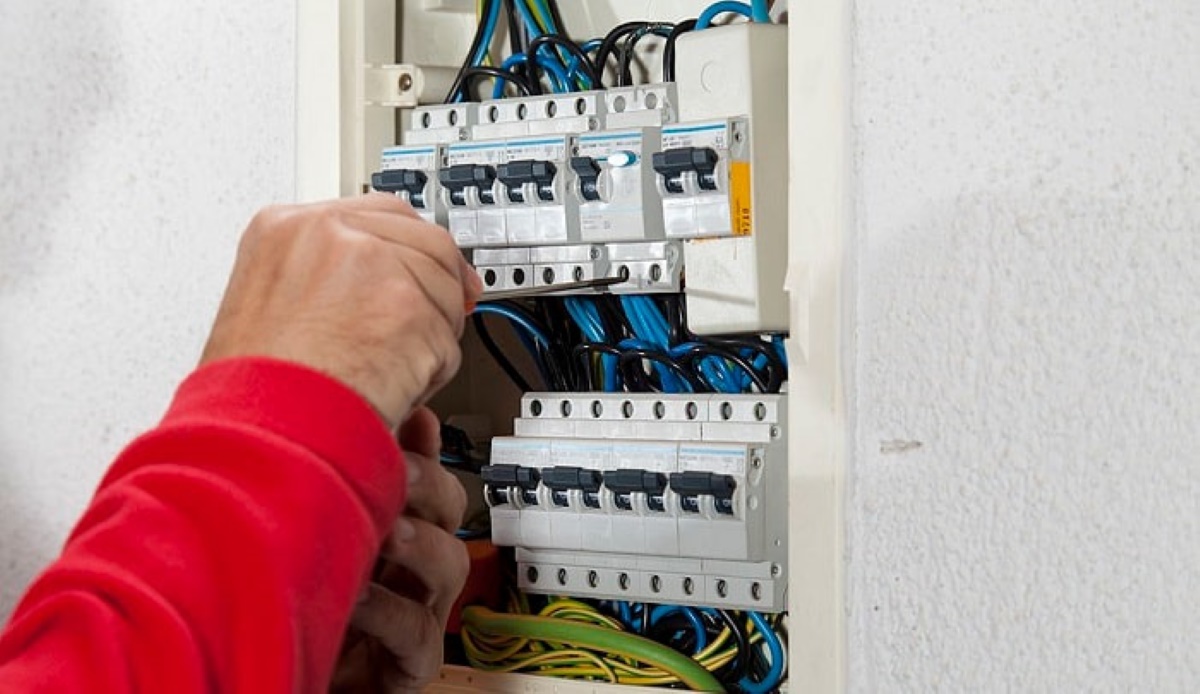
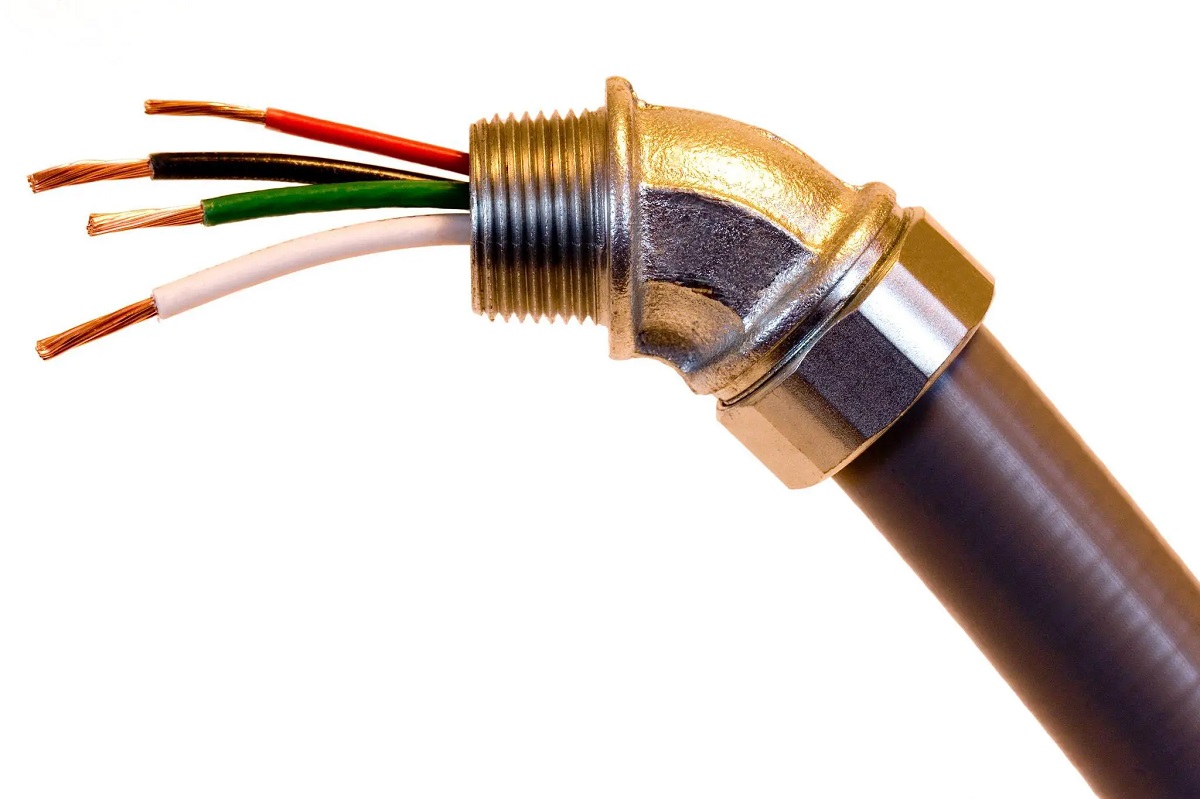
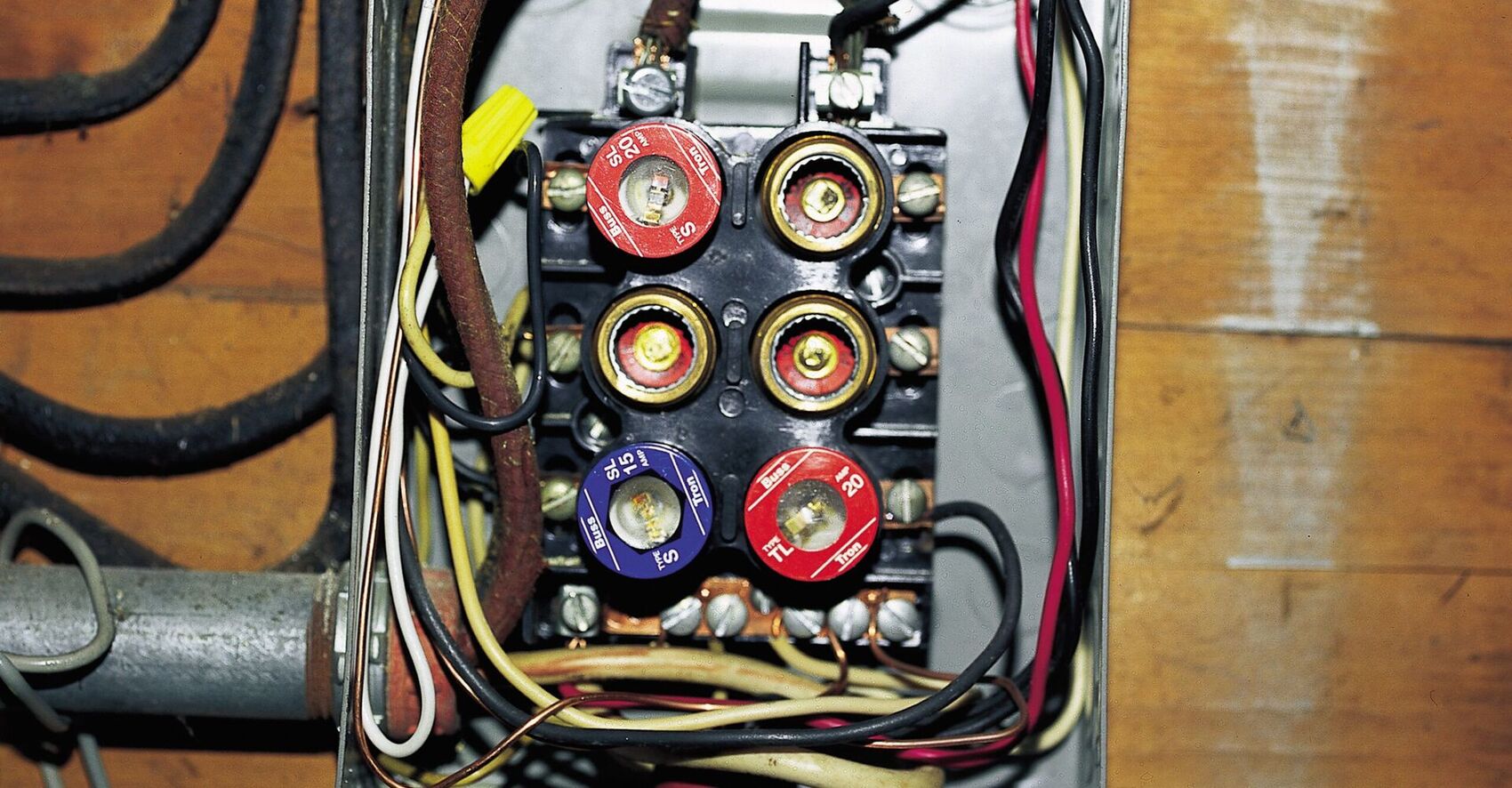
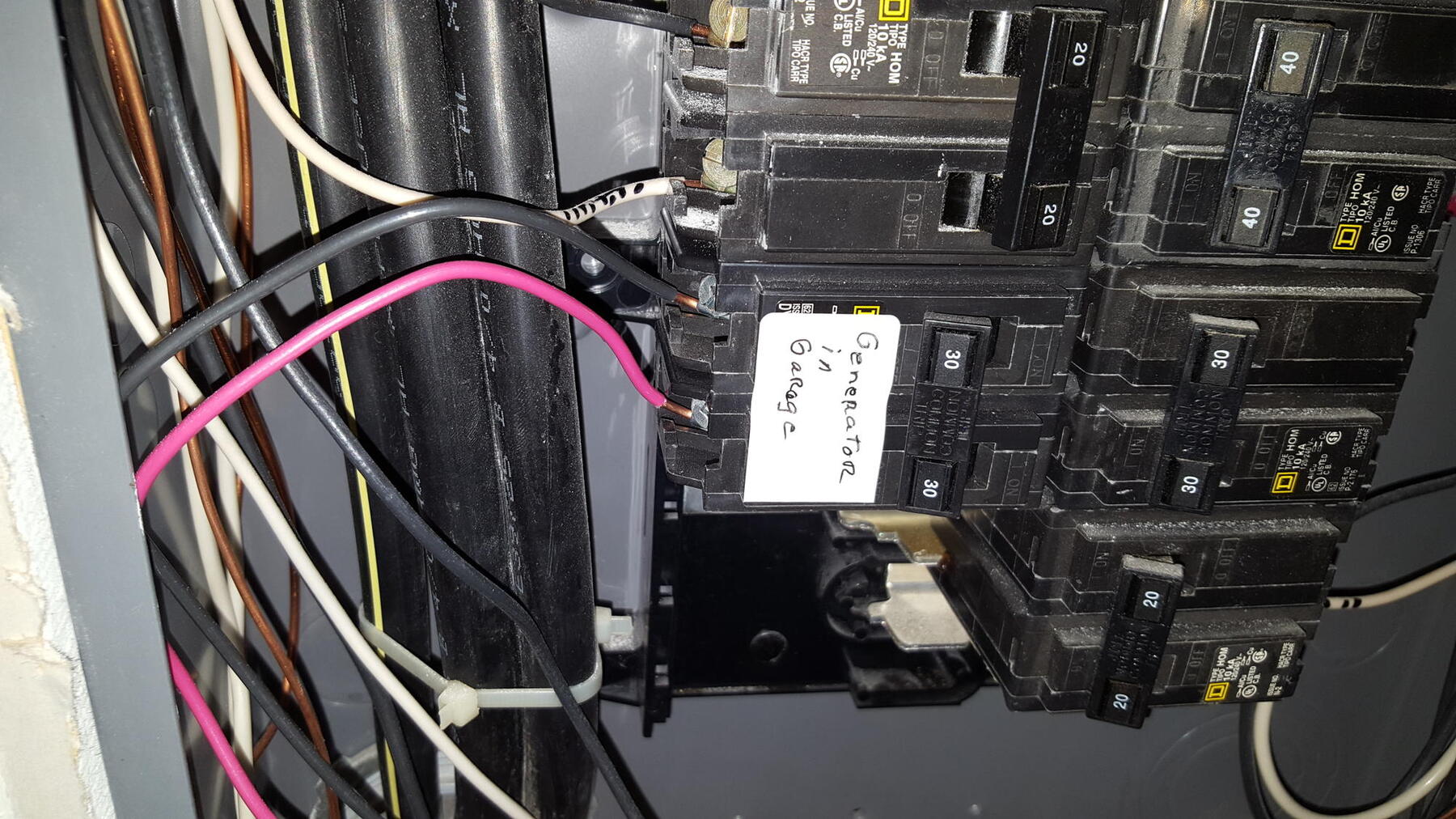
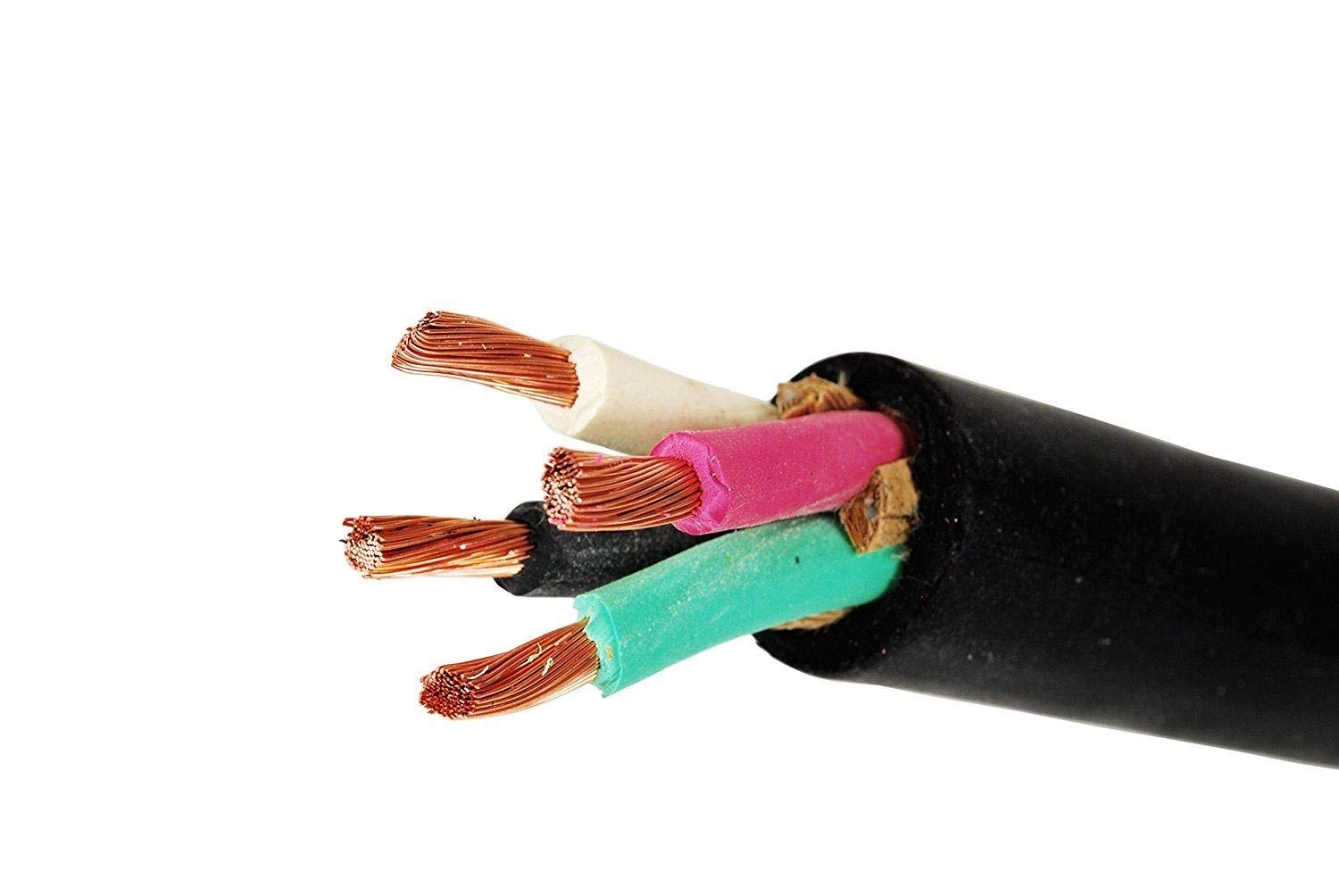
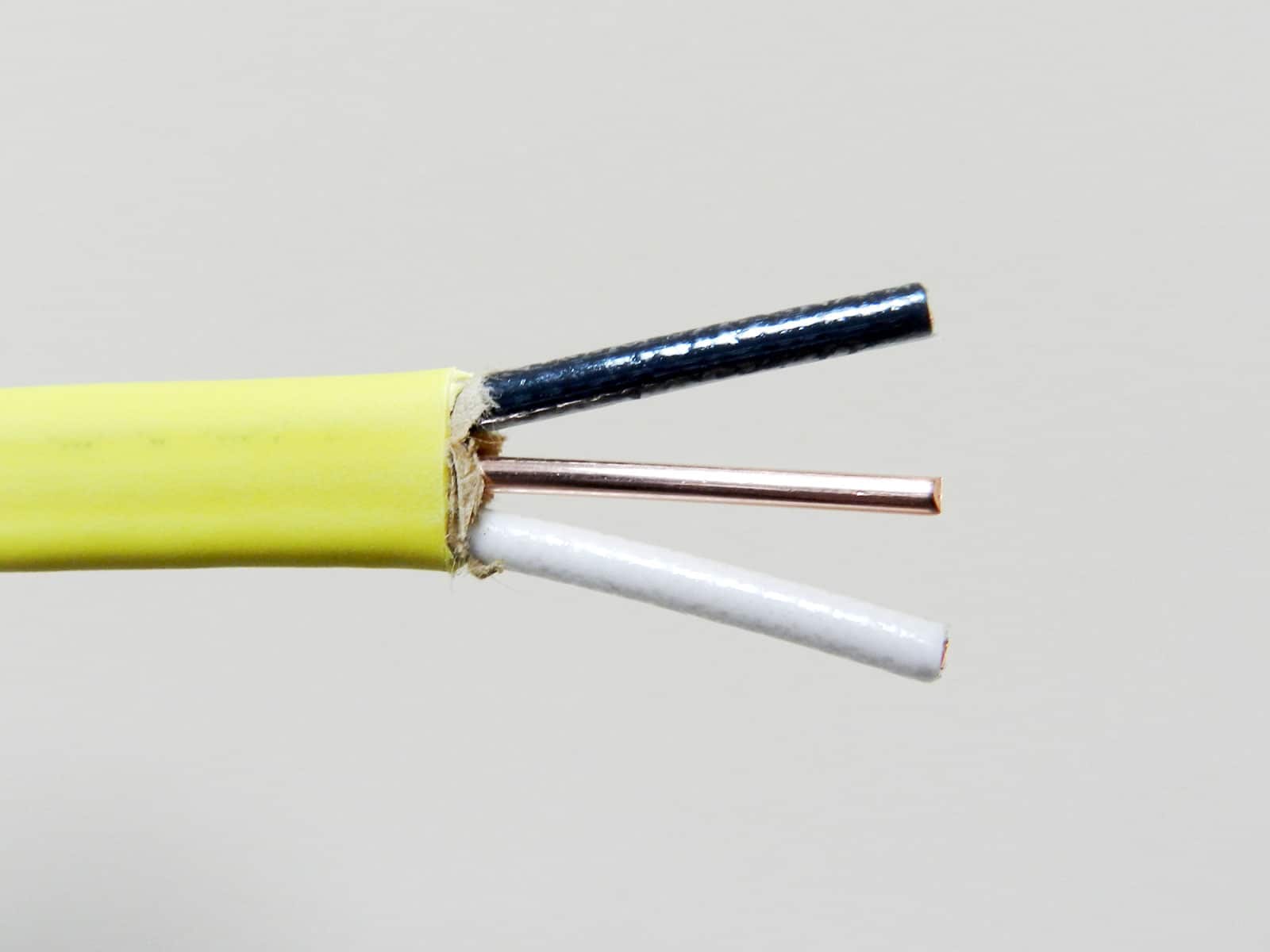
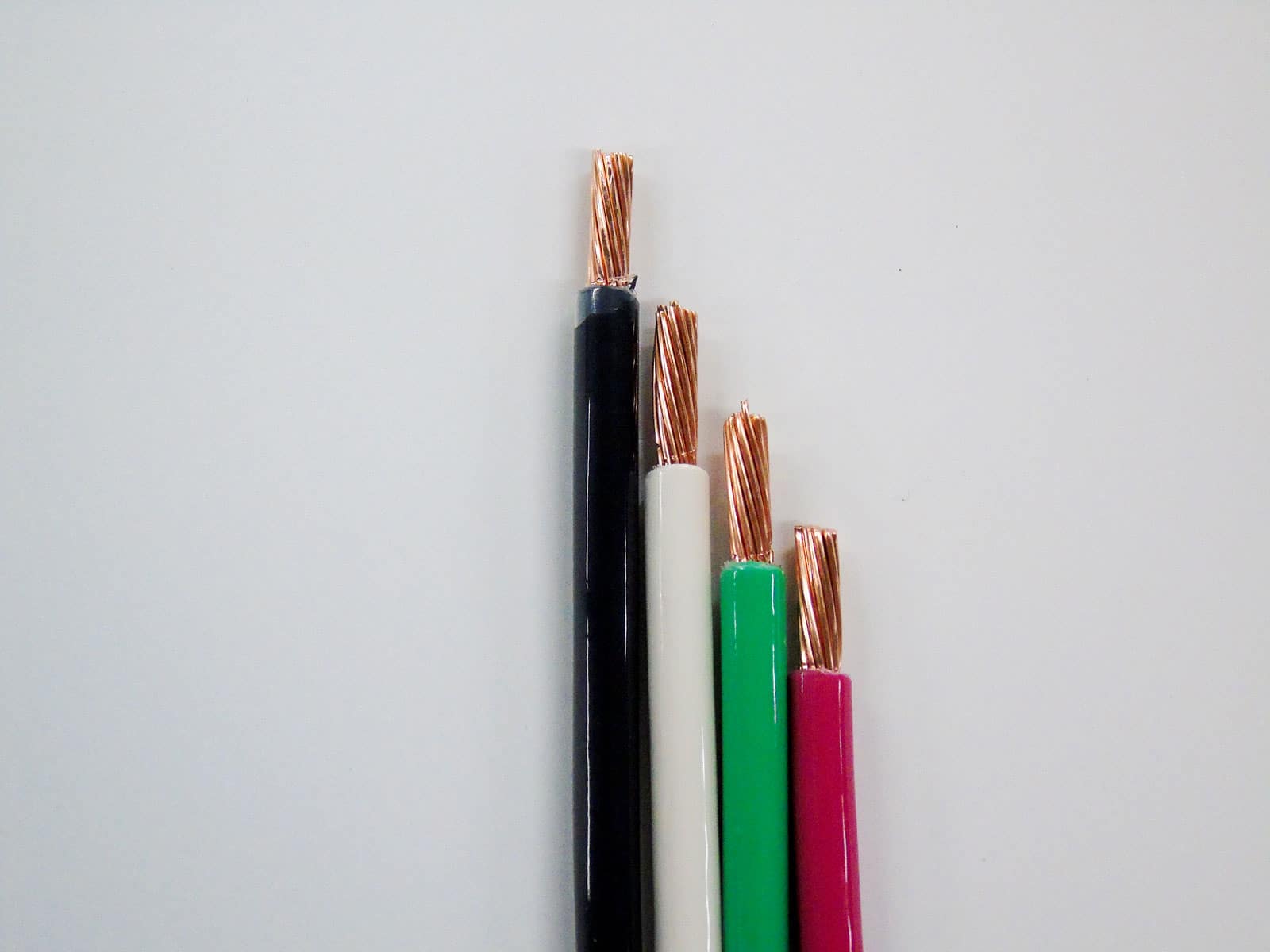

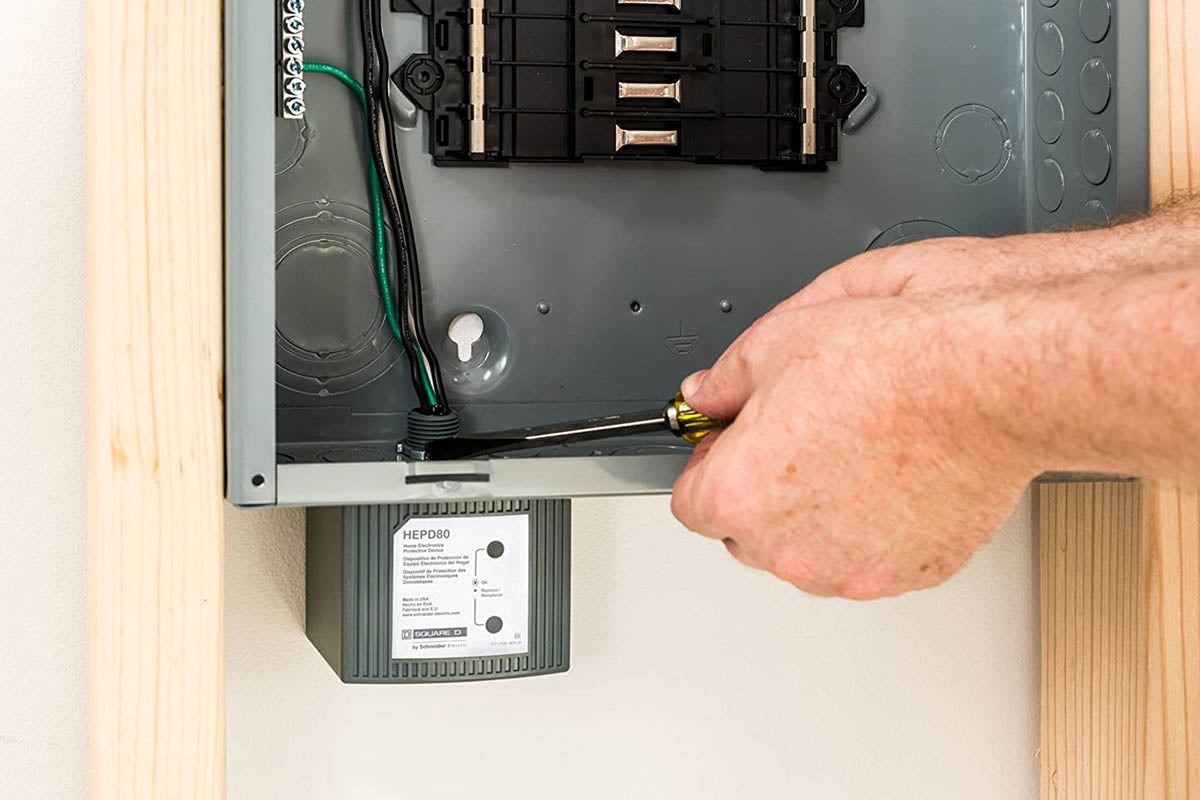
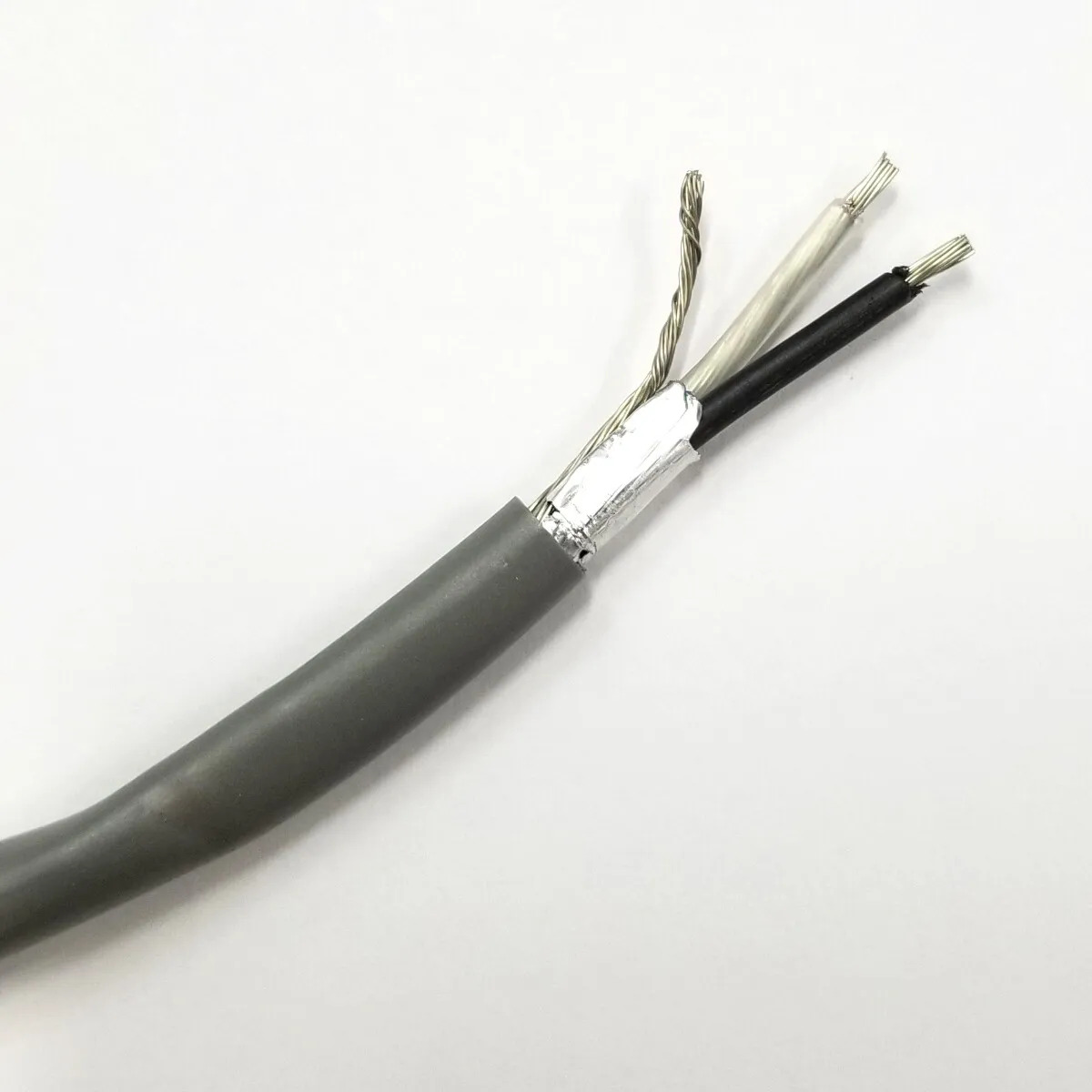
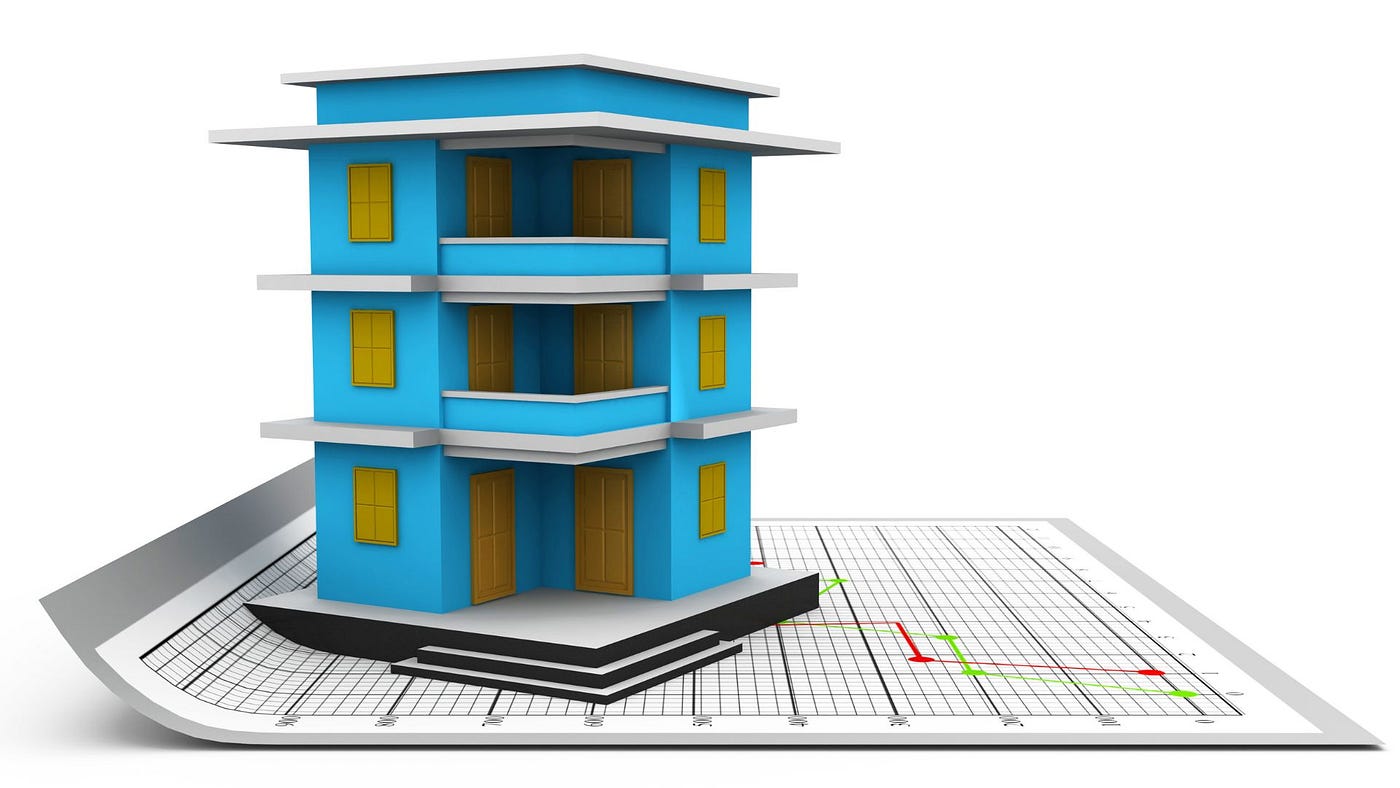
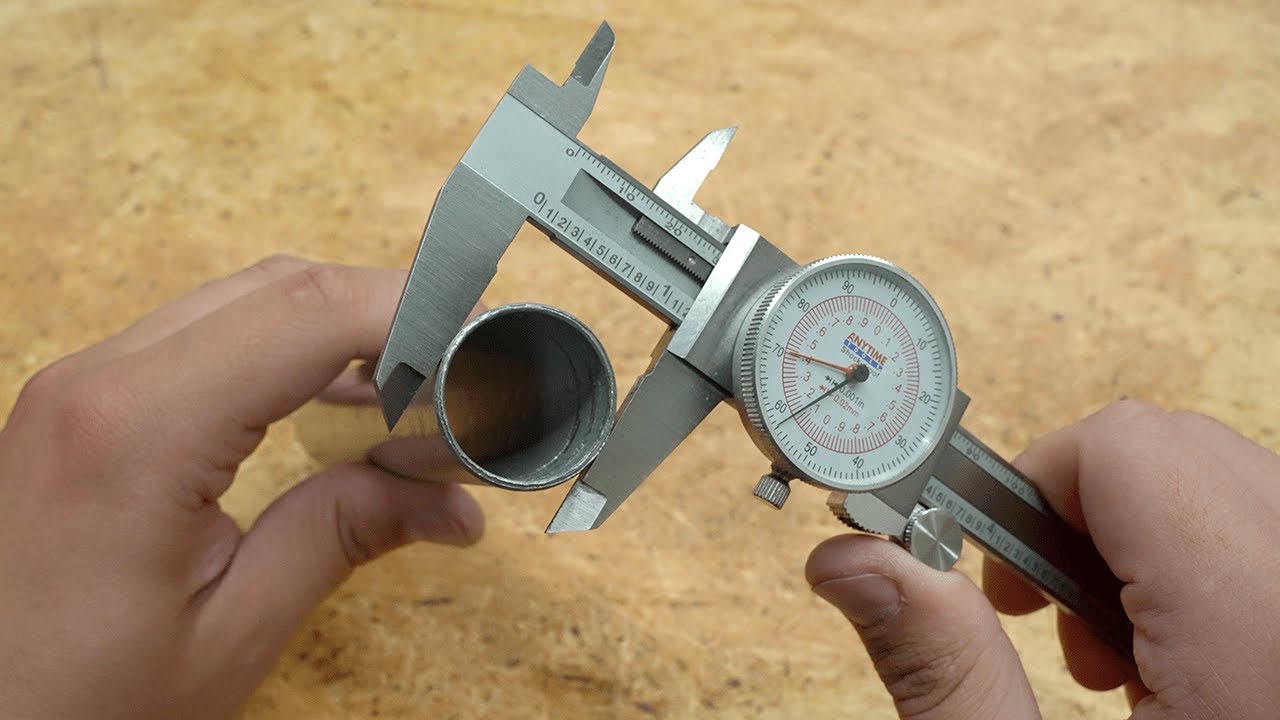
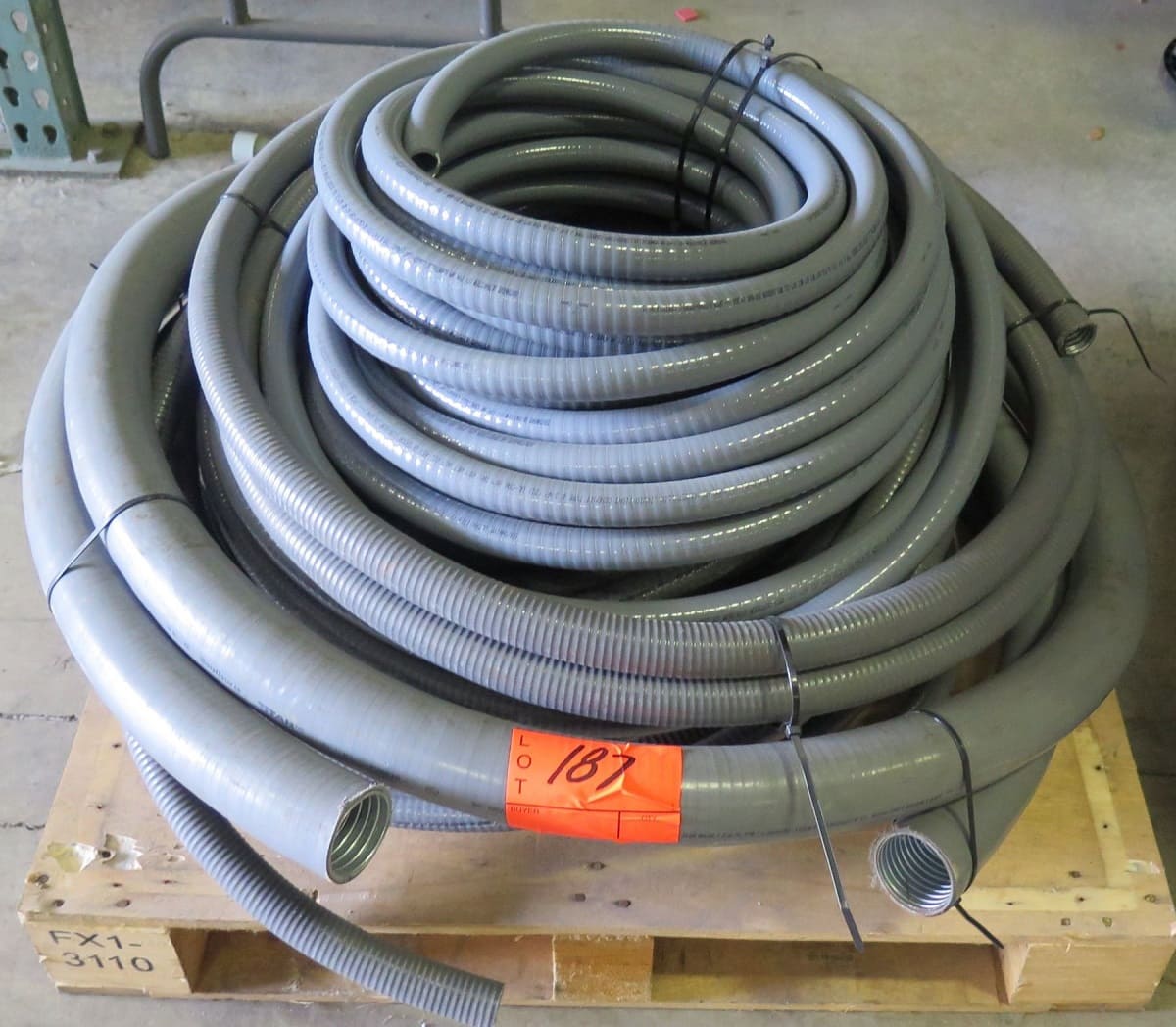



0 thoughts on “What Size Of Conduit For A 200 Amp Service”